Restaurant Fixed Costs: 3 Key Takeaways
- Fixed costs can eat up 30–50% of total expenses in fine dining — making lease negotiations and depreciation management critical for profitability.
- 84% of restaurants that adopted POS and tech tools reported significant revenue improvement, helping offset fixed operating costs.
- Off-season planning — setting aside just 5–10% of peak-season profits can protect your business from seasonal cash flow dips.
Restaurant fixed costs — like rent, insurance, salaries, and tech subscriptions — don’t budge when business slows.
That’s why managing them smartly is crucial for profitability.
In this guide, we’ll break down essential strategies to control fixed expenses and strengthen your financial foundation, even during off-peak seasons.
Understanding Restaurant Fixed Costs Breakdown
"Rent is often the largest fixed cost for restaurants, accounting for about 6-10% of total revenue."
— Hudson Riehle, Senior Vice President of Research at the National Restaurant Association
Fixed costs form the foundation of your restaurant's financial structure.
These expenses remain constant month after month, making them both predictable and challenging to manage.
Common fixed costs in restaurants
Restaurant occupancy costs constitute a significant portion of your fixed expenses.
These include monthly lease or mortgage payments, insurance premiums and property taxes.
Additionally, utility bills covering water, electric, gas and city sanitation fees remain relatively stable throughout the year.
Technology-related fixed costs also play a crucial role in modern restaurant operations.
Your Point of Sale (POS) system, accounting software and other essential technology services require regular monthly payments.
Furthermore, professional services like custodial work and ongoing equipment maintenance add to these predictable expenses.
Kitchen equipment depreciation and salaried wages, including employee benefits, round out the major fixed cost categories.
These expenses continue regardless of your restaurant's performance or sales volume.
How fixed costs impact your bottom line
Fixed costs significantly affect your restaurant's profitability since they accumulate even during slow periods or when your establishment faces operational challenges.
Food and labor each take up about 33% of every sales dollar, while fixed costs like utilities, rent, and admin account for roughly 29%.
Recent industry surveys reveal concerning trends about restaurant profitability.
Among 4,200 surveyed restaurants, 85% report lower profitability compared to pre-pandemic levels.
Moreover, only 6% indicate increased profits, with 9% maintaining similar profitability levels.
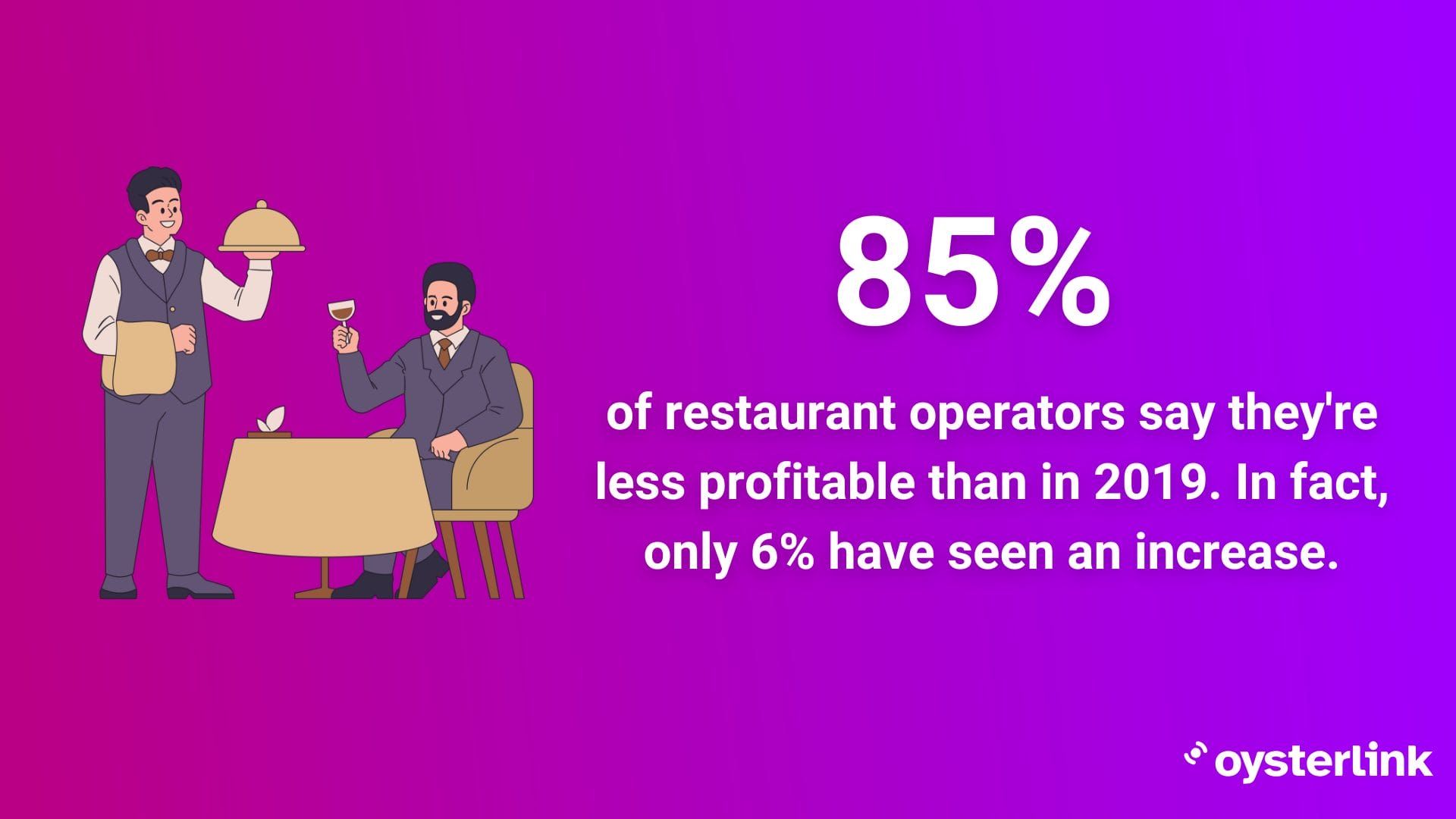
Fixed vs variable cost ratios
Understanding the balance between fixed and variable costs helps optimize your restaurant's financial health.
Variable costs, also known as prime costs, typically include food expenses and hourly wages - elements that fluctuate based on business volume.
Prime cost percentages generally hover around 60% of revenue, usually split evenly between labor costs and food costs.
This ratio becomes particularly important when calculating your break-even point and determining menu pricing strategies.
To effectively manage these ratios, start by conducting regular operating cost breakdowns.
Add together all lease costs, utility bills, property taxes, marketing expenses, employee benefits and POS system fees to calculate your total fixed costs.
Subsequently, monitor these expenses against your revenue to maintain healthy profit margins.
The relationship between fixed and variable costs becomes especially critical during seasonal fluctuations.
During successful periods, fixed costs may seem less significant as a percentage of revenue.
However, during slower times, these same costs can place considerable strain on your operating budget.
Smart Fixed Cost Management Strategies for Restaurant Variable Costs
Managing fixed costs effectively stands as a cornerstone of restaurant profitability.
Through strategic planning and smart negotiations, you can reduce these ongoing expenses without compromising quality.
Lease negotiation techniques
Successful lease negotiations begin with thorough market research.
Before entering discussions, analyze current lease rates in your area to establish a strong bargaining position.
Consider requesting an initial lease term of 1-2 years rather than locking into a lengthy commitment.
Property owners often expect counter-offers, therefore starting negotiations with inflated numbers works to your advantage.
First deals presented typically represent the highest possible rates rather than the landlord's best offer.
Throughout negotiations, maintain detailed documentation of your business plan, projected revenue and fixed costs to demonstrate financial responsibility.
Several key negotiation points deserve attention beyond basic rental rates.
Request a cap on annual rent increases to prevent costs from outpacing profits.
Consider negotiating for designated parking spaces to support customer accessibility and delivery operations.
Additionally, explore the possibility of including a competitor clause that prevents the landlord from leasing nearby spaces to similar restaurants.
Equipment financing options
Restaurant equipment financing offers multiple paths to acquire necessary kitchen tools without depleting cash reserves.
Traditional bank loans typically provide competitive interest rates but require excellent credit and multiple years in business.
Alternatively, SBA loans offer partially guaranteed funding with more flexible qualification requirements.
Online lenders present another viable option, featuring faster approval processes and less stringent qualification criteria.
Though interest rates tend to be higher than traditional loans, these lenders often approve applications within 24-48 hours.
Some manufacturers partner with financial institutions to offer direct financing options, which can streamline both purchasing and funding processes.
Lease-to-own agreements present a hybrid approach between traditional financing and equipment rental.
Under these arrangements, monthly payments contribute toward eventual ownership rather than perpetual rental fees.
Nevertheless, carefully review contract terms, as laws governing lease-to-own programs vary by state.
For smaller equipment purchases, Buy Now Pay Later (BNPL) options have emerged as an alternative financing solution.
These programs typically offer interest-free periods if paid within specific timeframes.
Though BNPL may not require credit checks, late payments can negatively impact your credit score.
Used equipment purchases present another cost-saving strategy.
Search for deals from closed restaurants or food service businesses selling barely-used appliances.
This approach not only reduces initial costs but also supports environmental sustainability through equipment recycling.
IRS Section 179 lets you deduct the full cost of qualifying restaurant equipment—up to $1,080,000, with a $2,700,000 spending cap—whether purchased with cash or financing.
This tax benefit can significantly offset your equipment investment costs in the first year.
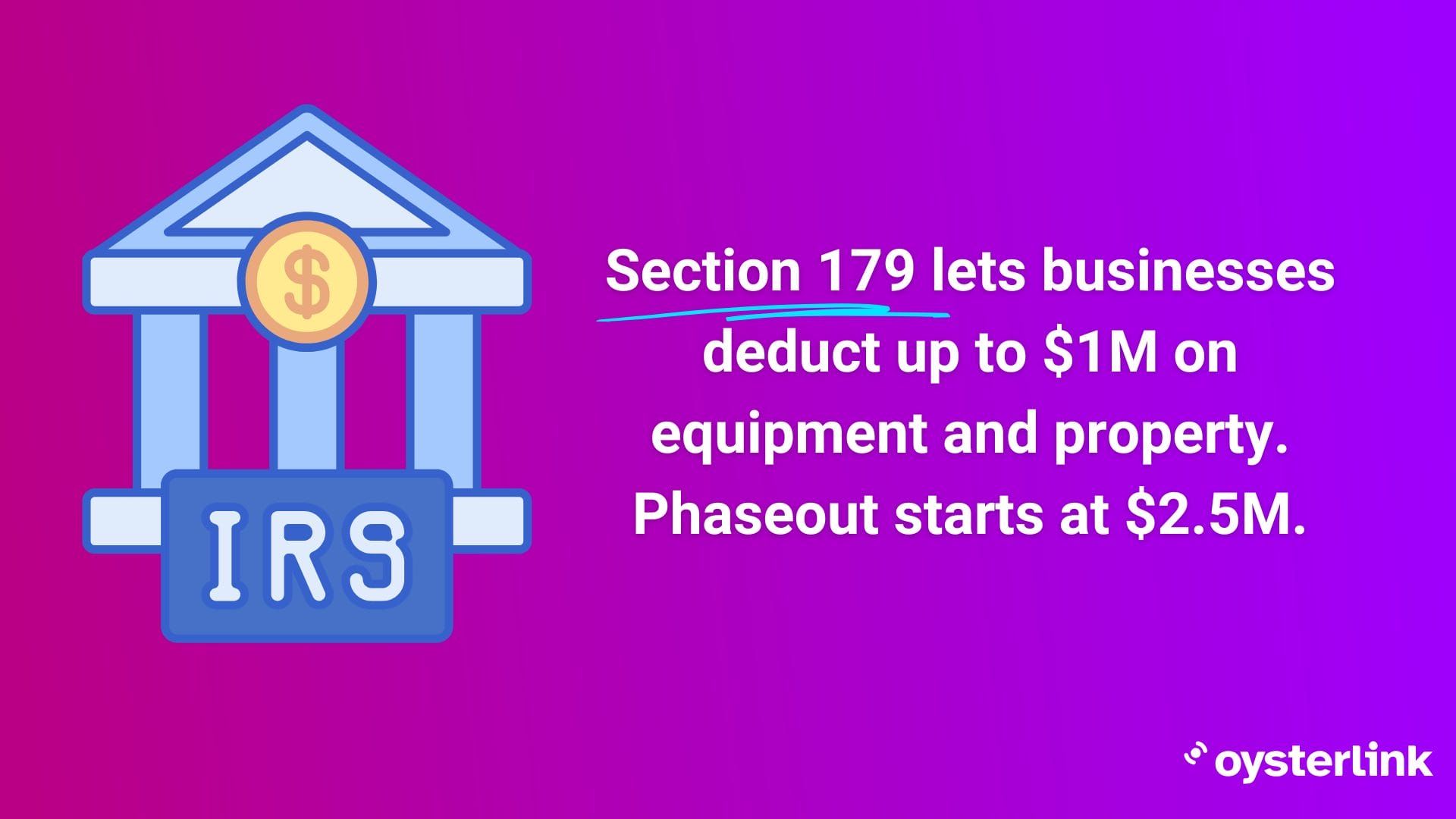
Technology Solutions for Restaurant Fixed and Variable Costs Control
Modern technology solutions offer powerful ways to control restaurant fixed costs.
From streamlined operations to data-driven decisions, these tools help protect profit margins in an industry where every dollar counts.
POS System Cost Benefits
Point of Sale systems serve as the central nervous system of restaurant operations.
Studies show restaurants implementing POS systems experience 10% to 15% increases in average check sizes.
Additionally, 84% of full-service restaurants report dramatic improvements in revenue after deploying POS systems.
A cloud-based POS system connects sales and labor data with multiple front and back-office solutions, offering real-time performance insights.
These systems automatically track inventory changes, update pricing and streamline invoicing processes.
Through integrated corporate and store-level purchasing analytics, POS systems enable better cost control across multiple locations.
Inventory management software ROI
Inventory management software delivers substantial returns through automated tracking and waste reduction.
Recent data indicates 92% of operators consider food costs a significant business challenge.
Through automated inventory processes, restaurants save considerable time on daily tasks.
The software automatically generates sales forecasts and suggested order quantities based on historical data.
This precision in ordering helps minimize waste and maintain optimal stock levels.
Furthermore, these systems enable real-time plate cost calculations and streamlined menu pricing.
Modern inventory platforms offer features like:
- Invoice automation tools for line-item detail tracking
- Real-time food cost insights without manual calculations
- Automated COGS reporting for accurate, timely information
Automated scheduling tools
Scheduling software stands as a crucial tool for controlling labor costs.
These systems prevent overstaffing and ensure appropriate coverage during peak periods.
Through integration with POS systems, scheduling tools align staffing with sales forecasts.
The software tracks hours, overtime and breaks, ensuring compliance with labor regulations.
Real-time labor cost monitoring allows Managers to keep expenses within budget while maintaining service quality.
Through automated bank reconciliation and vendor payment tracking, these systems streamline financial operations.
Recent innovations in scheduling technology include AI-powered solutions that answer phones, reducing labor costs by handling basic customer inquiries.
Seasonal Fixed Cost of Restaurant Adjustments and Variable Costs
Seasonal changes directly affect your restaurant's bottom line.
Understanding how to adjust fixed costs throughout the year helps maintain profitability despite fluctuating customer traffic.
Off-season cost management
Anticipating slow periods allows you to prepare financially for decreased revenue.
After several years in business, tracking sales patterns enables accurate predictions of seasonal impacts.
Setting aside 5% to 10% of profits from peak months creates a financial buffer for leaner times.
Staffing adjustments present a primary method for controlling off-season expenses.
Instead of terminating employees, which can damage long-term operations, focus on reducing variable costs like hours worked and supplies.
Cross-train your staff to handle multiple roles, ensuring optimal workforce utilization even with reduced hours.
Off-peak periods offer opportunities for operational improvements.
Use this time to reorganize inventory, update operating manuals and refine backend accounting processes.
Additionally, implement batch cooking techniques to reduce energy consumption and labor costs by preparing larger quantities during slower periods.
Peak season preparation
Smart preparation for busy seasons starts with analyzing historical data to determine precise staffing needs.
Review shift patterns and clock-in times to prevent unnecessary labor expenses from early arrivals or late departures.
Track covers per labor hour to measure productivity without considering wages or inflation.
Create projection budgets for each season to align operations with financial goals.
Consider these key preparation strategies:
- Adjust menu offerings based on seasonal ingredient availability and price fluctuations
- Partner with neighboring businesses for joint promotions to reduce marketing expenses
- Schedule preventive maintenance during slower periods to avoid peak-season disruptions
Effective communication with staff remains crucial for seasonal transitions. Inform team members about anticipated schedule changes well in advance.
Set clear expectations about increased service demands during peak periods while maintaining quality standards.
Monitor overtime carefully, especially approaching busy periods.
Set up automated reports to track potential overtime issues before weekend shifts, allowing time to adjust schedules accordingly.
This proactive approach prevents unexpected labor cost increases while maintaining service levels.
Remember that seasonal adjustments affect both front and back-of-house operations.
Review inventory management systems to ensure they accommodate seasonal volume changes.
Implement efficient staffing models that allow quick responses to sudden traffic increases without compromising service quality.
Restaurant Fixed Costs Benchmarks by Restaurant Type
Different restaurant types face unique challenges in managing their fixed costs.
Understanding industry benchmarks helps you gauge performance and identify areas for improvement.
Quick service restaurant metrics
Quick service establishments maintain lower fixed cost ratios due to streamlined operations.
These restaurants typically aim for overhead rates around 29.4% of total revenue.
This percentage encompasses essential fixed expenses like rent, insurance premiums and license fees.
Quick service locations often achieve faster break-even points through reduced opening costs and efficient inventory management.
The average timeline spans 2-3 years to reach profitability.
Labor costs in quick service settings stay lower, typically falling between 25-30% of revenue due to simplified service models.
Fine dining cost standards
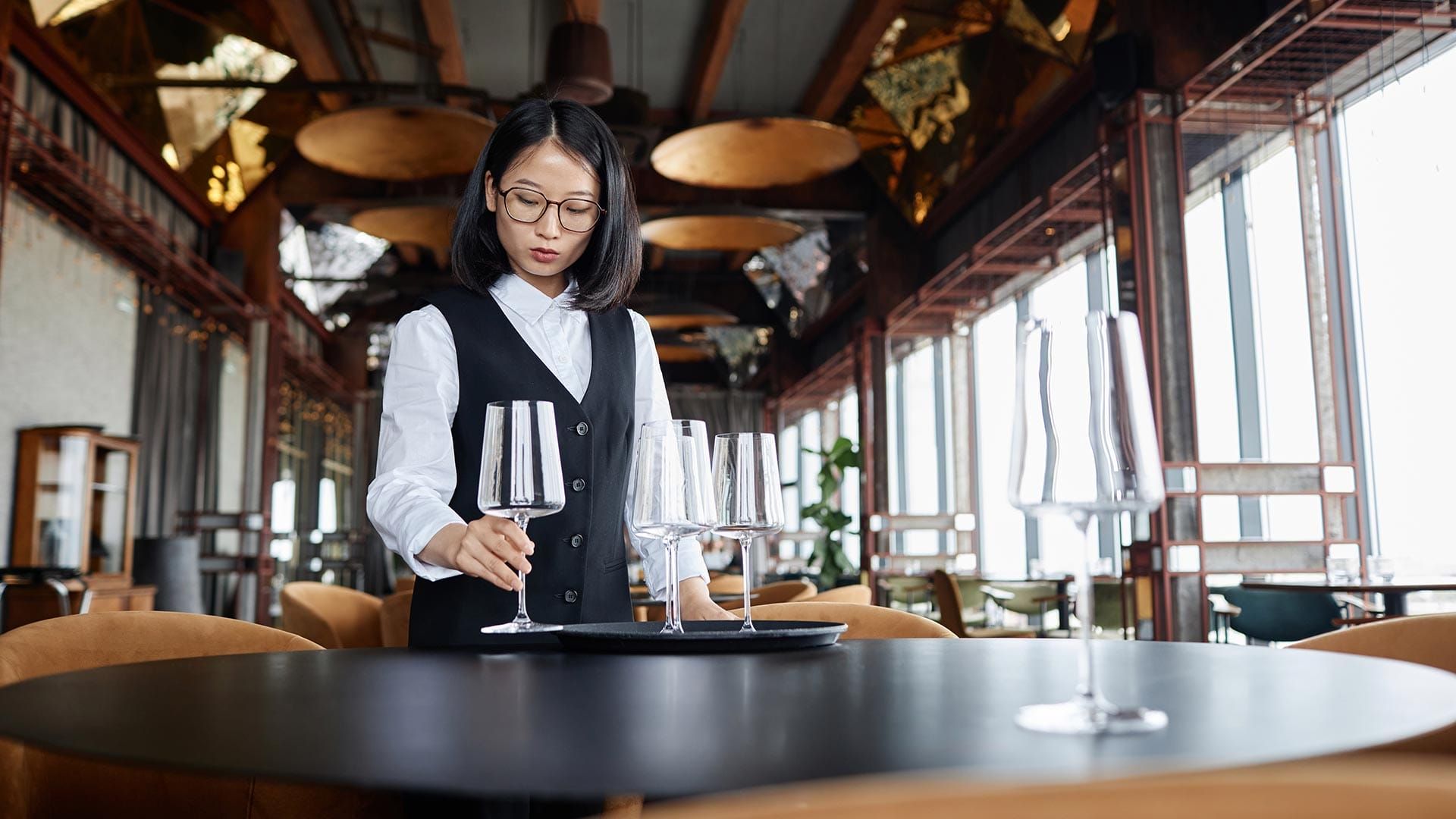
Fine dining restaurants face higher fixed cost percentages due to premium locations and elevated service standards.
Monthly rent alone ranges from $10,000 to $30,000 depending on location and space requirements.
Insurance premiums for these establishments typically cost between $1,500 and $5,000 monthly.
Equipment and furnishing costs create substantial fixed expenses through depreciation.
A typical fine dining setup costing $100,000 incurs approximately $2,000 in annual depreciation expenses.
Overall fixed costs in fine dining often account for 30% to 50% of total operating expenses.
License and permit fees present another significant fixed cost component, ranging from $1,000 to $5,000 annually.
These expenses remain constant regardless of business volume, making proper financial planning crucial for success.
Casual dining averages
Casual dining establishments maintain fixed cost ratios between quick service and fine dining models.
The industry standard for overhead rates in casual dining hovers around 33.2% of revenue.
This figure reflects a balance between service quality and operational efficiency.
Labor expenses in casual dining typically range from 28-35% of revenue.
These costs include both fixed components like salaried management positions and variable staffing needs.
Successful casual dining operations often achieve break-even points through strict inventory control and menu engineering.
Employee retention plays a vital role in controlling fixed costs across all restaurant types.
High turnover rates increase training expenses and reduce operational efficiency.
Implementing competitive pay structures and clear advancement paths helps minimize these costs while maintaining service quality.
Conclusion: Managing Fixed and Variable Costs for a Restaurant
Effective fixed cost management is key to restaurant profitability.
Negotiate leases, optimize equipment financing and adopt tech solutions to strengthen your financial foundation.
Know your benchmarks:
- Quick service (29%)
- Casual dining (33%)
- Fine dining (30-50%)
Use POS systems, inventory software, and automated scheduling to control expenses.
Fixed costs require ongoing attention. Regular monitoring, vendor negotiations and smart tech use keep your restaurant financially strong.
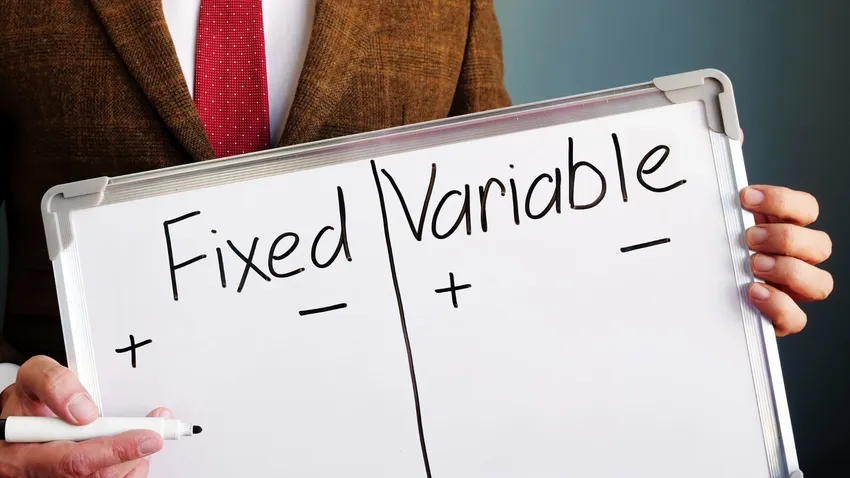



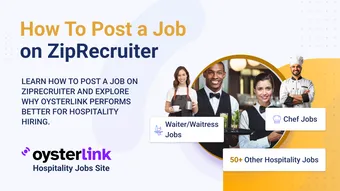

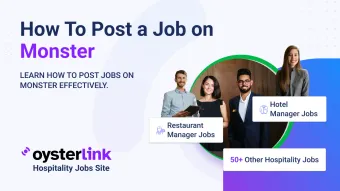
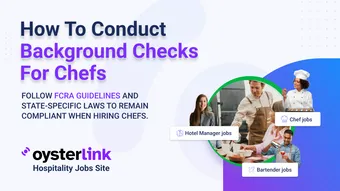


Loading comments...